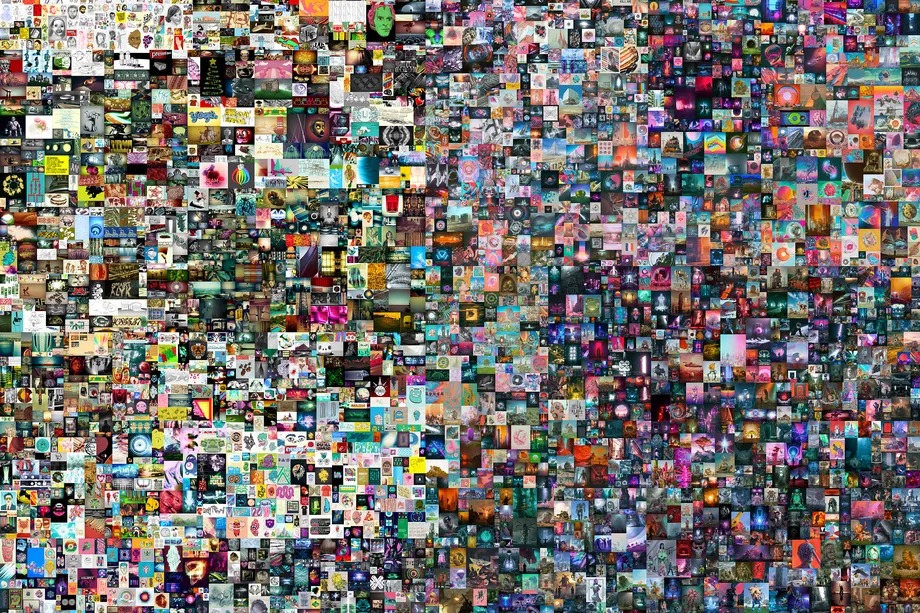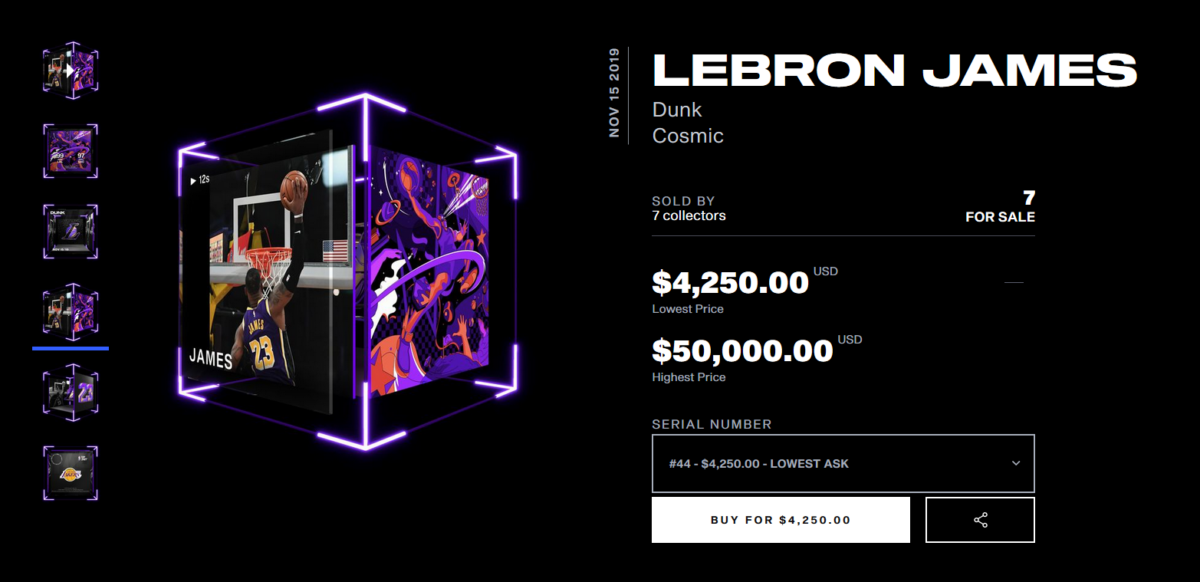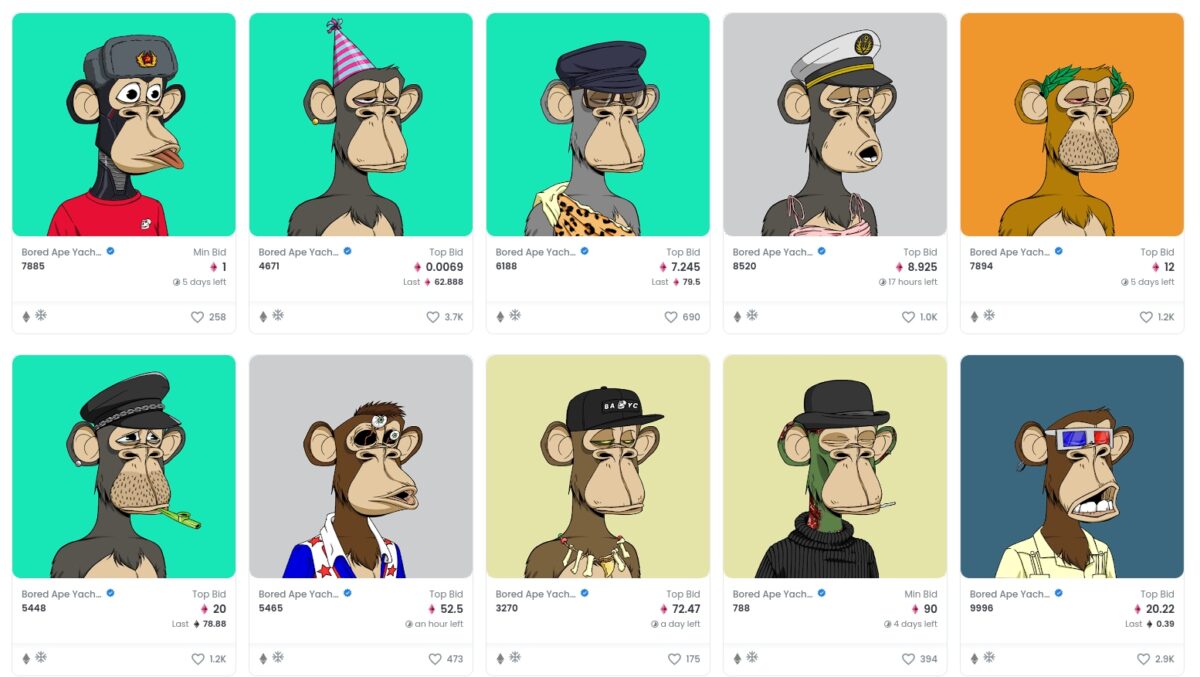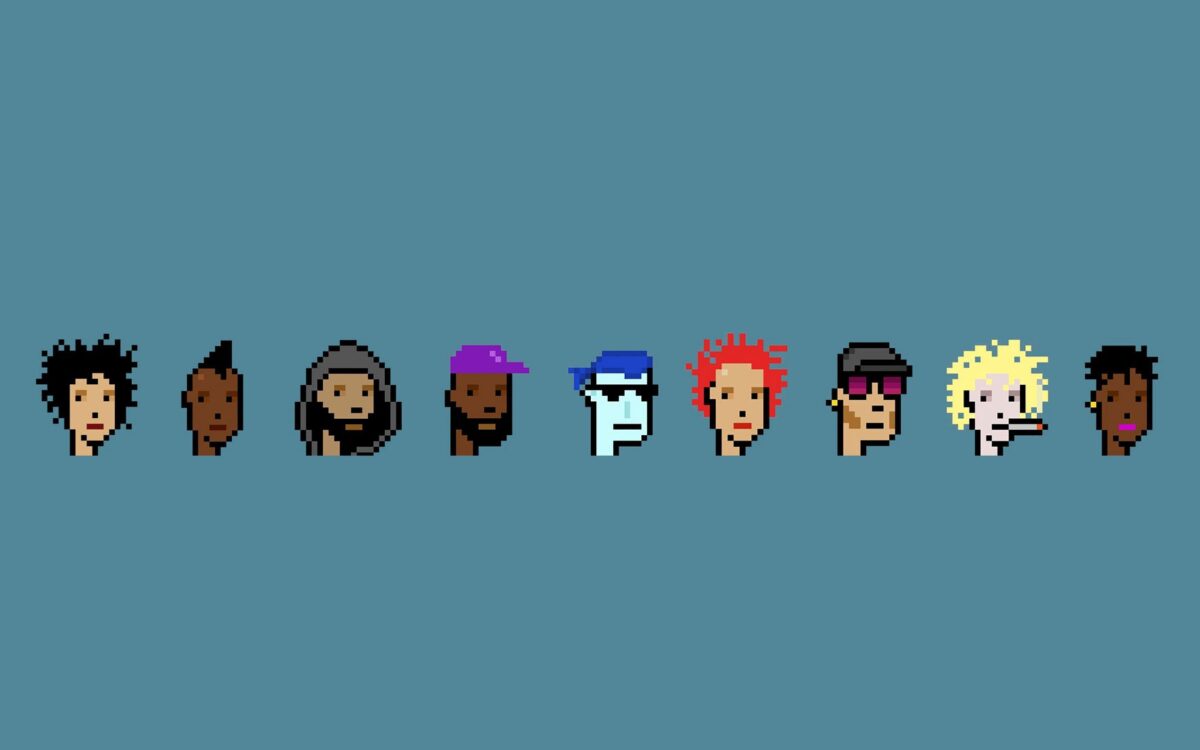In our ongoing series, Luxury Lessons, we investigate and try to simplify hot topics so you have just what you need to know right now. In this edition, our correspondent Jillian Tangen shares what you need to know right now about non-fungible tokens (NFTs). What is an NFT? What does it mean for contemporary art, luxury brands and investing strategies? Should you buy one? Should you create and sell one? So many questions. We’ve got answers.
What you need to know about NFTs
You’ve probably been hearing a lot about NFTs lately. Us too. From Kanye West recently proclaiming he will not be making any to the celebrity craze around the Bored Ape Yacht Club.
There was also the record $69.3 million sale of Beeple’s “Everydays – The First 5000 Days” by Christie’s last year and the NFT that Twitter CEO Jack Dorsey sold of his first ever tweet for $2.9 million. It’s safe to say NFTs are big, but what exactly are they?
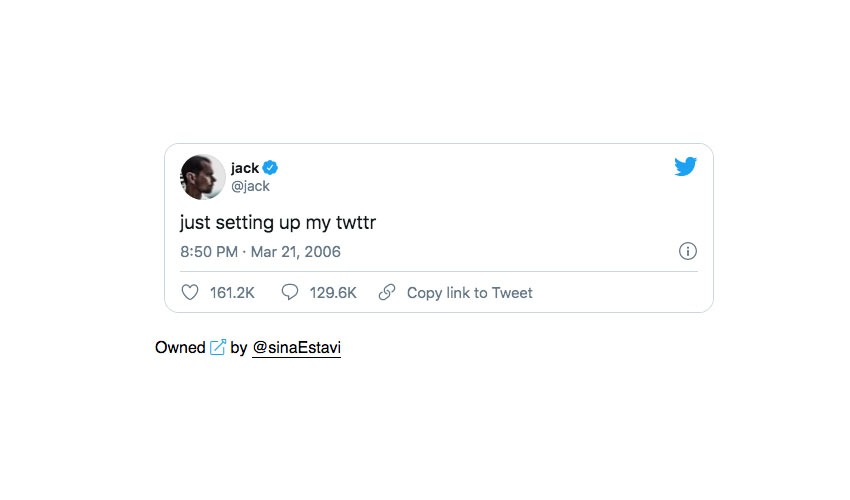
What you need to know about non-fungible tokens (NFT) right now. Courtesy Photo.
Join our community
For access to insider ideas and information on the world of luxury, sign up for our Dandelion Chandelier newsletter. And see luxury in a new light.
sign up now >
[/white_box]
Essentially, NFTs transform digital works of art and other collectibles into one-of-a-kind, verifiable assets that can be bought and sold on the blockchain. The most popular NFTs right now include artwork and music, but can also include videos and yes, even tweets.
[white_box]Related Post
10 best luxury tech kitchen tools and digital gadgets to buy 2022
read more >
[/white_box]
what are nfts?
An NFT, which stands for non-fungible token, is a unique unit of data employing technology that allows digital content – from videos to songs to images – to become logged and authenticated on cryptocurrency blockchains, primarily Ethereum. This means an NFT is not actually a piece of digital artwork or music, rather, it’s a digital certificate of ownership representing it.
NFTs are described as “non-fungible” because each one is unique and of different value. Basically, this means no two NFTs are the same. Think of Pokémon cards, rare coins or a limited-edition pair of Jordans.
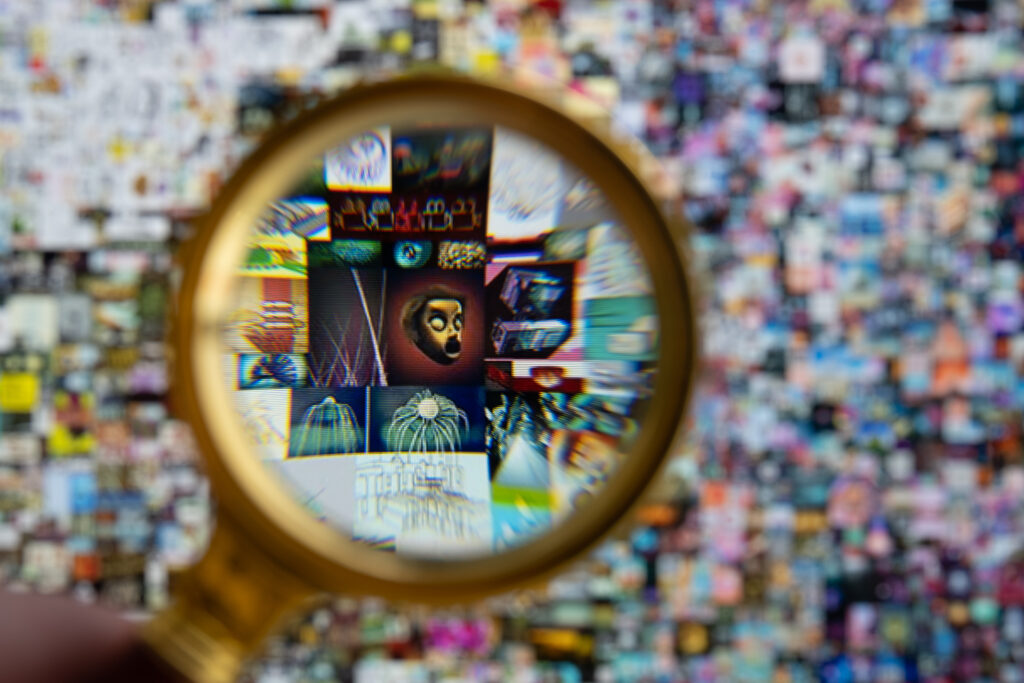
Lesson on what you need to know about non-fungible tokens (NFTs)., like what is an NFT? Should you buy one? Should you create and sell one?
An NFT is generated or “minted” by an artist using what is called a smart contract, which is computer code stored on a blockchain. The NFT includes a few different fields: the NFT’s unique identifier (typically referred to as a TokenID); the blockchain wallet address of the current owner; and an identifier of where the digital work of art associated with the NFT may be found. And because blockchain transactions are fully transparent, anyone can view an NFT and its underlying information. This includes the blockchain address of the current NFT owner and the blockchain address of each owner since it was minted.
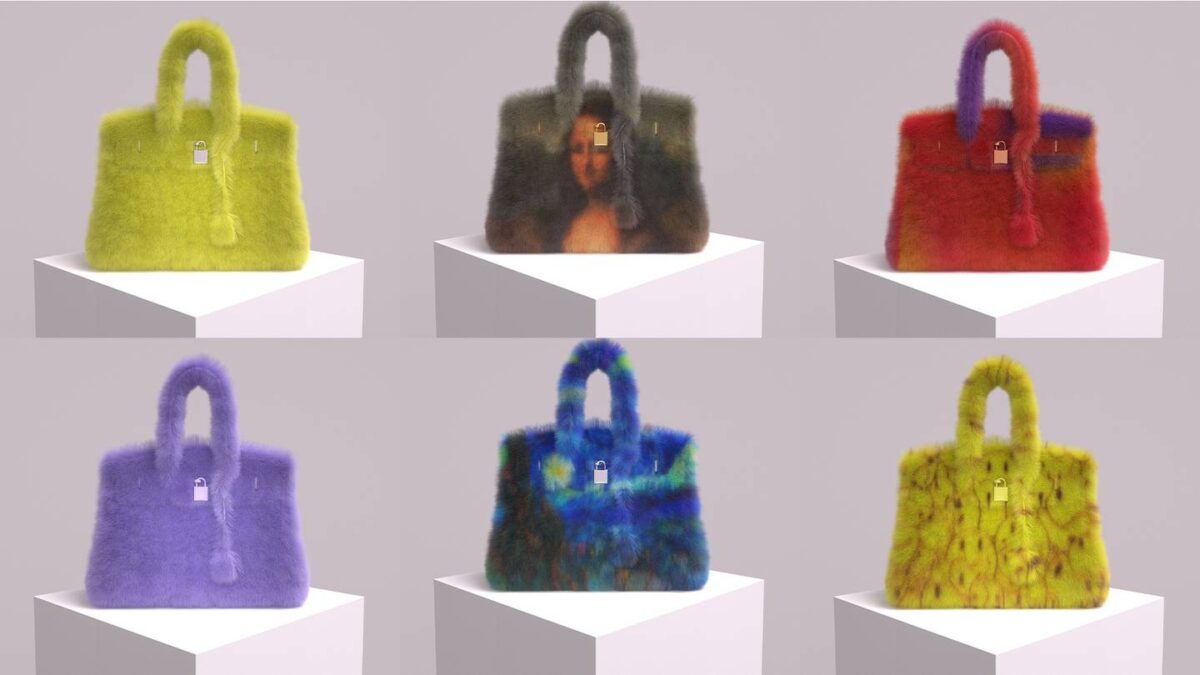
What you need to know about non-fungible tokens (NFT) right now. Courtesy Photo.
Related Post
The best equipment to create a “smart” luxury home gym
read more >
[/white_box]
so, how do you purchase an nft?
The vast majority of NFT sales, or “drops,” are conducted in cryptocurrency. A digital wallet is a must to receive, access and transfer an NFT. Some of the most common NFT marketplaces include OpenSea (where you will find the popular Bored Ape Yacht Club collection), Mintable, Nifty Gateway and Rarible. There are also niche marketplaces for more specific types of NFTs, too, such as NBA Top Shot for NFTs of things like basketball video highlights.
Be mindful that marketplaces charge a “gas” fee, which is the energy required to complete the transaction on the blockchain. Other fees can include the costs for converting dollars into ethereum (the currency most commonly used to buy NFTs) and closing expenses.
when you buy an nft, is the image or file yours completely?
When you buy an NFT, you do not necessarily acquire a copyright or sole access to a work. Others will still be able to access or view the images or files online. In many cases even “right click” and save it themselves. But only you as the purchaser will be able to claim ownership and bragging rights to the “verifiably real thing” thanks to the blockchain.
[white_box]Related Post
What you need to know about cryptocurrency right now
read more >
[/white_box]
So what do you do with your NFT once you’ve purchased it? That’s up you, dear reader. Curate your collection of Crypto Punks in your virtual portfolio online for all to see or like Paris Hilton, display it on digital screens throughout your home.
Whichever you choose, one thing is for sure, NFTs are here to stay. And as more artists, celebrities, sports stars and even big brands like Nike and Gucci join into the fold, it’s only posed to potentially grow further – not to mention more complex. Whether they continue to fetch record high prices is another thing.
What you need to know about non-fungible tokens (NFT) right now
That’s a quick lesson on what you need to know about non-fungible tokens (NFTs)., which should help answer some fundamental questions, including what is an NFT? Should you buy one? Should you create and sell one?
So, what do you say, dear reader? Are you in on this?
join our community
For access to insider ideas and information on the world of luxury, sign up for our Dandelion Chandelier Newsletter here. And see luxury in a new light.
This article contains affiliate links to products independently selected by our editors. As an Amazon Associate, Dandelion Chandelier receives a commission for qualifying purchases made through these links.
 Jillian Tangen is the Head of Research at Dandelion Chandelier and a former Senior Research Analyst at McKinsey & Co and Analyst at Shearman & Sterling. She is an avid fan of Nordic design, having owned an independent lifestyle store and sales agency focused on emerging Scandinavian design. Jillian lives in New York and is married with three young children. She loves cross-country skiing, the New York Rangers, reading, travel and discovering new brands.
Jillian Tangen is the Head of Research at Dandelion Chandelier and a former Senior Research Analyst at McKinsey & Co and Analyst at Shearman & Sterling. She is an avid fan of Nordic design, having owned an independent lifestyle store and sales agency focused on emerging Scandinavian design. Jillian lives in New York and is married with three young children. She loves cross-country skiing, the New York Rangers, reading, travel and discovering new brands.
